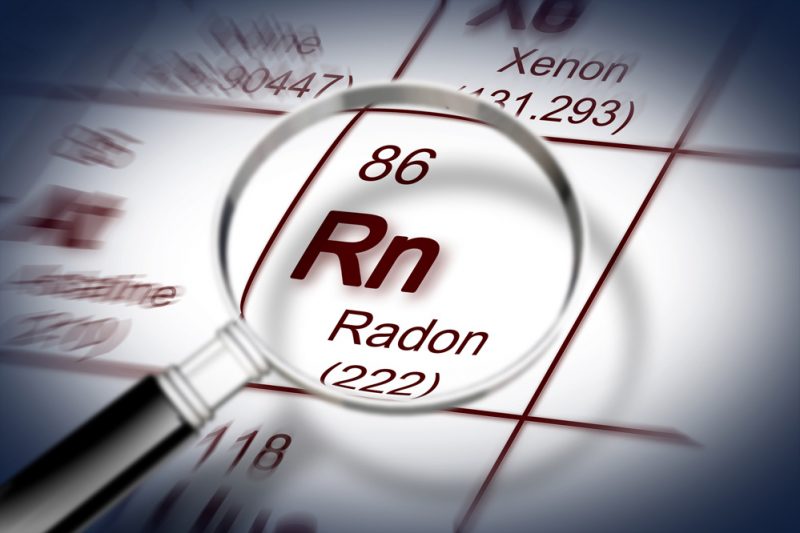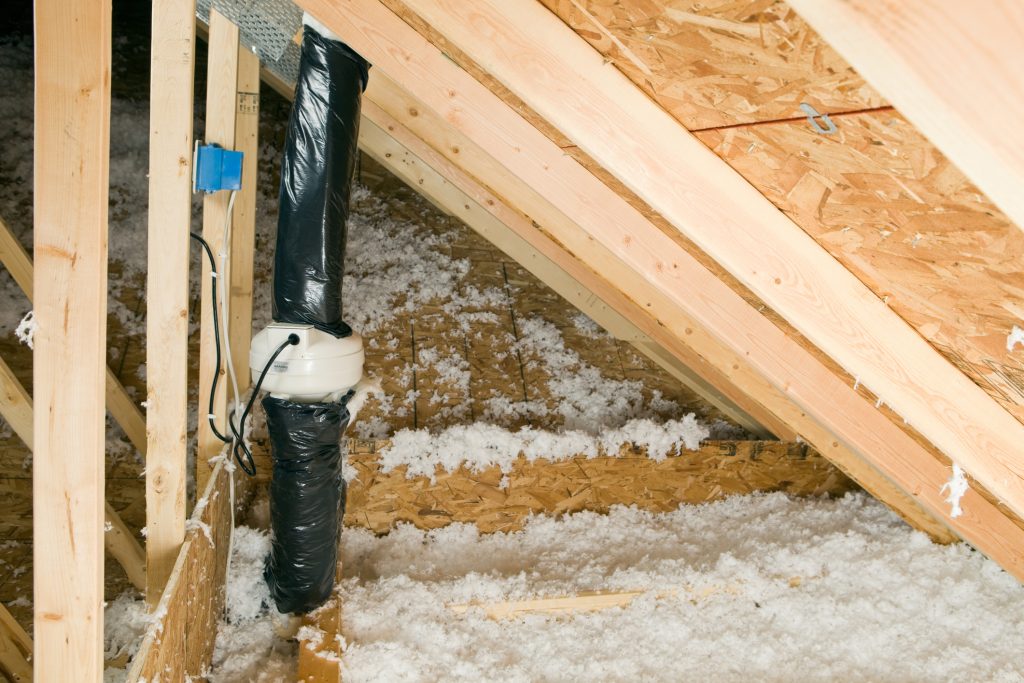

Radon Is A Radioactive Gas
What Is Radon?
Radon is a radioactive element that is part of the radioactive decay chain of naturally occurring uranium in soil. You can’t see radon. You can’t smell radon and you can’t taste radon. Unlike carbon monoxide and many other home pollutants, radon’s adverse health effect, lung cancer, is usually not produced immediately. Thus you may be exposed to radon for many years without ever suspecting its presence in your home.
The USEPA action level for radon is 4.0 picocuries per liter of air (pCi/L). The risk of developing lung cancer at 4.0 pCi/L is estimated at about 7 lung cancer deaths per 1000 persons. That is why USEPA and IEMA recommends reducing your radon level if the concentration is 4.0 pCi/L or more.
Take a look at our client’s page and contact us today to get started!

Radon Is A Health Hazard
Why Have A Radon Inspection?
While scientists can estimate the approximate lung cancer deaths per 1000 people, no single individual’s risk can be estimated. Getting a radon inspection for testing is relatively inexpensive, easy and is the only way to know whether you are at risk.
If you would like to perform the tests yourself, read the Guidelines for Radon Measurements in the Home before placing the detectors. This guide tells you the steps for home radon testing, things to remember when testing and where to place, and not to place, detectors.
If you would rather that a trained professional perform your radon inspection, the radon program has the names of qualified, licensed Measurement Professionals in, or near, your area. IEMA recommends professional testing in real estate transactions.
If you are involved in a real estate transaction, read the Radon Testing Guidelines for Real Estate Transactions. Radon testing in real estate transactions, which involve multiple parties and financial interests, is unique and specific testing protocols are required.

Reduction Techniques
How We Contain It
Trained mitigators using specialized equipment can discover where radon is entering and advise homeowners on the best way to reduce radon concentrations. The most common technique used by radon reduction firms is called “subslab depressurization” (SSD) and does not require major renovations. Post-mitigation testing must be performed to determine the effectiveness of the mitigation system.
The cost of an active mitigation system is typically between $800 to $1200 for installation, and the energy cost for running the fan will average around $100 per year.
For individuals and companies building new homes, since June 2013 the Radon Resistant Construction Act has required the installation of passive radon reduction techniques during construction. 32 Illinois Administrative Code 422, Regulations for Radon Service Providers, in section 422.160 outlines radon control methods required in Illinois during construction.

